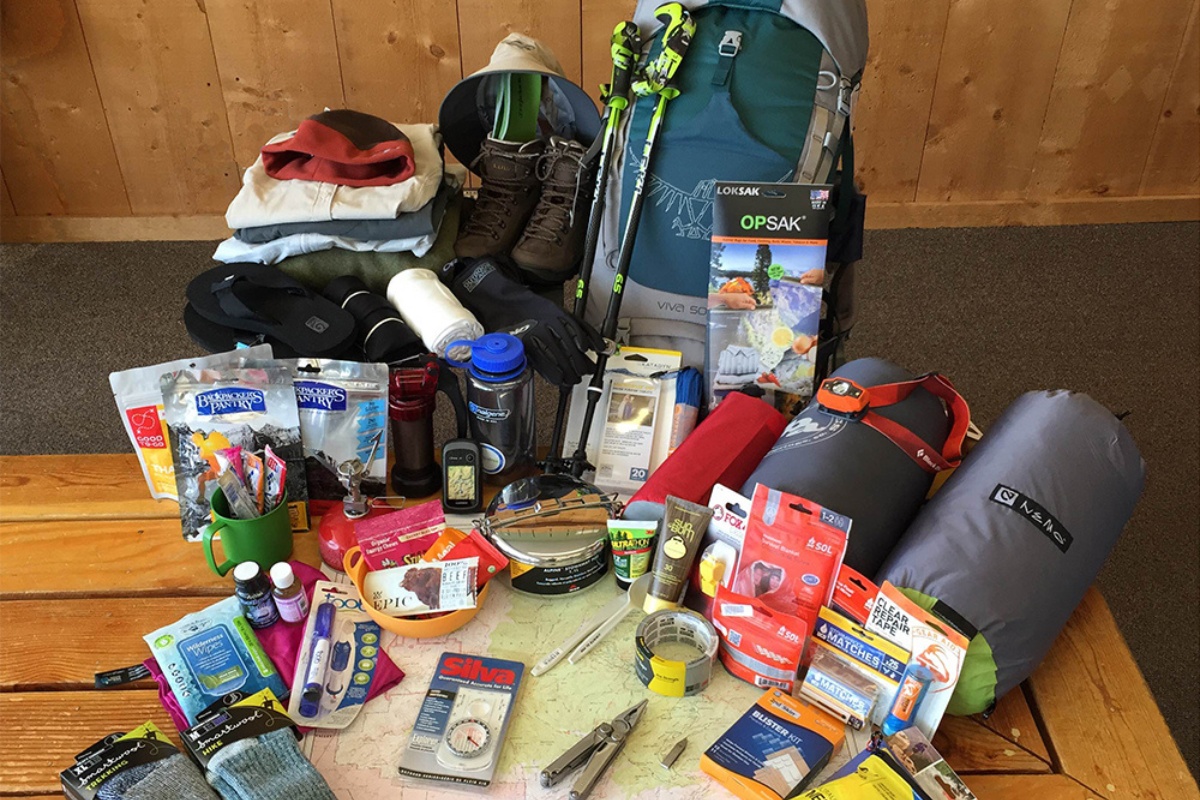Even if you’re a seasoned hiker in your home country it is important to be aware of the differences between hiking in Japan and other places like Australia, New Zealand and Europe.
This guide was originally written for those participating on Shikoku Hiking and Adventure Group day and overnight hikes during summer, autumn and spring (when it isn’t snowy). IT makes a good starting point but we recommend you do your own research planning for hiking in Japan especially in winter.
Day Hike Gear List
At LEAST one member of the group, often the leader, should have these items however the more members that carry these the better.
- First Aid Kit with First Aid Book
- Printed 10m contour Interval map of hike area
- Printed copy of route plan
- Magnetic compass
- Emergency Space Blanket
- Emergency Shelter (Tarp or Tent)
- Emergency contact details
Each individual should carry these basic items especially for longer day hikes.
- Water 2L of water / day depending on hike and weather
- Weather protection (Sunscreen, lip balm, sunglasses, insect repellent)
- Food (Snacks for morning/afternoon tea, high-energy trail mix, lunch plus extra ‘emergency’ food)
- Paper copy of hike map
- Day pack with waterproof cover -and/or-
- Dry bags 5L, 10L, or 20L (or plastic bags)
- Mobile phone (with Backup GPS App, group member contacts and emergency numbers saved)
- Personal first aid kit and medication
Some other items you may consider for a day hike
- Magnetic Compass
- Utensils (chopsticks, knife, cup, plate, bowl)
- Tool Kit (Pocket knife or multi-tool, matches)
- Pea-less whistle (when separated from the group or lost)
- Toileting kit (Toilet paper, hand sanitizer, hygiene products, trowel) in waterproof bag
- Head Lamp or Torch (Day hikes should return before nightfall however in the event of injury or unexpected events the hike may not return until after dark)
Overnight equipment for a hike in Japan
In addition to the above for an overnight hike you might want to carry the items below.
- Tent (lightweight, can be split between 2). Even if staying in a hut one is good in case the hut is full.
- Sleeping mat (compressable lightweight airmats are ideal)
- Sleeping bag (3 seasons or 4 seasons in winter or altitude)
- Inflatable pillow (can roll jacket as alternative)
Kitchen and other items
- Dinner/Overnight food
- Portable gas cooker per pair, or group of 4
- Gas canister for cooker
- Kitchen kit – Knife, bowl, fry pan/pot, chopsticks or fork/spoon, lighter or matches, cleaning cloth, diswashing soap, hand sanitizer
- Journal/pen or pencil
- Cards or activities
Advice for saving weight on hikes
By splitting some items among the group (tent poles, kitchen equipment, cooker etc) you can share weight around and have more space for gear. Some items need to be carried by each member of the group. For information about what to wear see the clothing guide.

